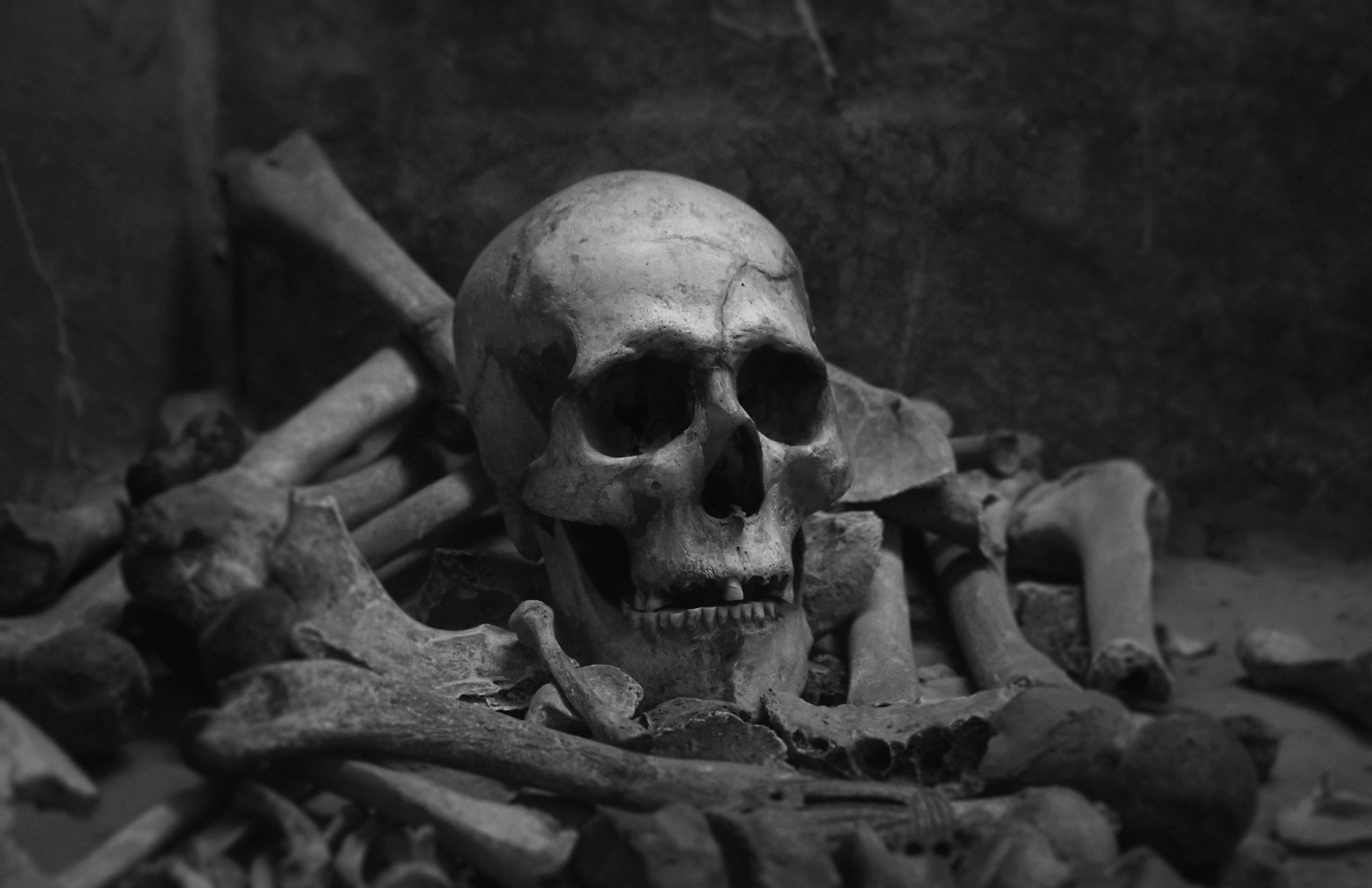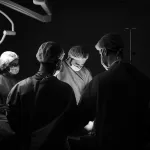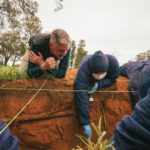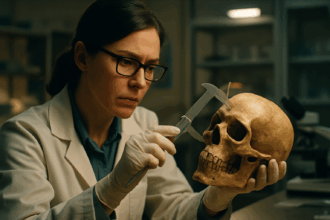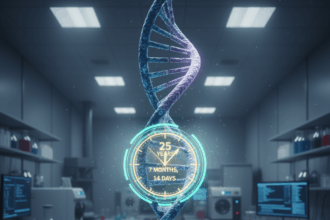Overview:
Forensic anthropologyForensic anthropology is a special sub-field of physical anthropology (the study of human remains) that involves applying skeletal analysis and techniques in archaeology to solving criminal cases. Read Full Definition is a specialized field of forensic science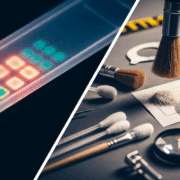

A forensic anthropologist is trained to examine and identify skeletal remains, including the estimation of sex, age, height, ancestry, and any signs of trauma or disease. They also work to reconstruct facial features and provide information on the person’s lifestyle, occupation, and habits based on analysis of the bone structure.
In addition to identifying human remains, forensic anthropologists may be called upon to provide expert testimony in criminal cases, assist with disaster victim identification, and provide insight into historical and archaeological investigations. In addition, they work closely with law enforcement agencies, medical examiners, and other forensic specialists to help solve crimes and bring closure to families of the deceased.
Scope of Forensic Anthropology:
The scope of forensic anthropology is quite broad and encompasses a wide range of applications. Some of the main areas in which forensic anthropologists work include:
1. Identification of human remains: Forensic anthropologists are often called upon to identify human remains discovered at crime scenes or in other contexts, such as mass graves or disaster sites. They use various techniques to estimate the individual’s sex, age, height, ancestry, and cause of death.
2. Analysis of skeletal trauma: Forensic anthropologists also analyze and interpret skeletal trauma to determine the cause and manner of death. This may involve identifying evidence of violence, abuse, or accidental injuries.
3. Mass disaster response: In the event of a mass disaster, such as a terrorist attack or natural disaster, forensic anthropologists play an essential role in the recovery and identification of victims.
4. Expert testimony: Forensic anthropologists may be called upon to provide expert testimony in court cases involving homicide, child abuse, or missing person investigations.
Overall, the scope of forensic anthropology is vast and constantly evolving as new techniques and technologies are developed.
Roles & Responsibilities of Forensic Anthropologists:
The roles and responsibilities of a forensic anthropologist can vary depending on the specific case or situation. However, some typical duties and responsibilities include:
1. Identification of human remains: Forensic anthropologists use their knowledge of human skeletal anatomy to identify human remains found at crime scenes, mass graves, or disaster sites.
2. Estimation of individual characteristics: Based on the skeletal remains, forensic anthropologists can estimate the individual’s sex, age, height, ancestry, and any physical characteristics that may aid identification.
3. Determination of cause of death: Forensic anthropologists may be able to determine the cause of death by analyzing skeletal trauma or other evidence at the scene.
4. Court testimony: In cases where forensic anthropological analysis is used as evidence in court, the forensic anthropologist may be called upon to testify about their findings.
5. Consultation with law enforcement: Forensic anthropologists may work alongside law enforcement to provide expert advice and assistance with identifying remains or analyzing skeletal evidence.
6. Publication of research: Forensic anthropologists may conduct research to further the field and publish their findings in academic journals.
Skills Required:
Forensic anthropology is a complex and specialized field that requires various technical, analytical, and interpersonal skills. Some of the key skills required for forensic anthropologists include:
1. Knowledge of human anatomy and osteology: Forensic anthropologists must thoroughly understand human skeletal anatomy and the various bone structures in the body to be able to identify remains accurately.
2. Attention to detail: To accurately analyze and interpret skeletal remains, forensic anthropologists must pay close attention to details, such as bone measurements, markings, and fractures. A keen eye for detail is critical in forensic anthropology, as even minor anatomical differences can provide important clues.
3. Critical thinking and problem-solving: Forensic anthropologists must be able to think critically, analyze data Information in analog or digital form that can be transmitted or processed. Read Full Definition and evidence, and draw logical conclusions based on their findings.
Information in analog or digital form that can be transmitted or processed. Read Full Definition and evidence, and draw logical conclusions based on their findings.
4. Communication skills: Forensic anthropologists must be able to communicate their findings and opinions effectively, both in written reports and oral presentations in court, as they often collaborate with other experts and investigators, so strong communication and interpersonal skills are essential.
5. Technical and scientific expertise: Forensic anthropology is a highly technical field, and practitioners must be proficient in various analytical techniques, such as microscopy, radiographic analysis, and DNA DNA, or Deoxyribonucleic Acid, is the genetic material found in cells, composed of a double helix structure. It serves as the genetic blueprint for all living organisms. Read Full Definition testing.
DNA, or Deoxyribonucleic Acid, is the genetic material found in cells, composed of a double helix structure. It serves as the genetic blueprint for all living organisms. Read Full Definition testing.
6. Cultural competence: Because forensic anthropologists may work with remains from diverse cultural backgrounds, they must understand different culture’s funeral practices and related customs.
7. Physical Fitness: Forensic anthropologists often work in the field, requiring physical endurance and stamina to handle long work hours in a challenging environment.
8. Research Skills: Forensic anthropologists must have excellent research skills to stay up-to-date with the latest scientific techniques and technologies and continually refine their understanding of anatomy and biology.
9. Compassion: Forensic anthropologists must be compassionate and empathetic, as their work often involves dealing with traumatic or emotionally-charged situations, such as identifying the remains of crime victims or mass disasters.
10. Patience: Analyzing and interpreting skeletal remains can take a considerable amount of time and patients, as mistakes can compromise the accuracyIn scientific and measurement contexts, "accuracy" refers to the degree of proximity or closeness between a measured value and the true or actual value of the measured quantity. Accuracy indicates how well a measurement reflects Read Full Definition of the investigation. Additionally, forensic anthropologists may need to wait several months or even years for DNA or other analyses to be completed, so being able to exercise patience is essential in the field.
How to Become Forensic Anthropologist: Education & Certification:
Becoming a forensic anthropologist generally requires a combination of education and experience. Here are the general steps to becoming a forensic anthropologist:
1. Earn a Bachelor’s Degree: A bachelor’s degree in anthropology, biology, or a related field is usually the first step toward a career in forensic anthropology.
2. Get a Master’s Degree: A master’s degree in anthropology focusing on forensic anthropology is typically required to work in this field. Some programs may also require an internship or practical training.
3. Gain Experience: Building experiences is vital to becoming a successful forensic anthropologist. This can be gained through internships, field schools, or working with local law enforcement agencies.
4. CertificationCertification is a process through which a scientist can demonstrate their knowledge and competence in a particular field or in performing specific assays. It involves meeting established standards and requirements set by a certifying body. Read Full Definition: Forensic anthropologists can seek certification from professional organizations like the American Board of Forensic Anthropology (ABFA). While certification is not required to work as a forensic anthropologist, it can increase job opportunities and credibility.
5. Pursue Continuing Education: Forensic anthropologists must continually update their skills and knowledge by attending seminars, workshops, and other continuing education opportunities.
6. Finding Job Opportunities: Forensic anthropologists can find job opportunities in medical examiner’s offices, law enforcement agencies, universities, and research institutions.
7. Build a Professional Network: Networking with other professionals in the field can provide valuable resources and opportunities for collaboration. Attending conferences, joining professional organizations, and maintaining contacts with colleagues can help build a robust professional network.
It is also important to gain additional skills, such as proficiency in a foreign language or additional laboratory techniques.
Career Opportunities in the Field:
Forensic anthropology offers a variety of career opportunities in both the public and private sectors. Some of the possible career paths for forensic anthropologists include:
1. Working with law enforcement agencies as a forensic anthropologist consultant to assist in identifying human remains.
2. Pursuing academic careers as professors or researchers, conducting studies, and publishing research papers on forensic anthropology.
3. Working for government agencies such as the Federal Bureau of Investigation (FBI), Central Intelligence Agency (CIA), or Department of Defense (DOD).
4. Working in museums or other institutions as curators or researchers.
5. Providing expert testimony in courtroom settings as a forensic anthropologist.
6. Working in humanitarian organizations such as the United Nations or the International Committee of the Red Cross to identify victims of war, genocide, or natural disasters.
Salary Scale for Forensic Anthropologists:
The salary scale for forensic anthropologists can vary greatly depending on location, experience, and employer. However, here are some average salaries around the world:
1. United States: In the United States, the average salary for a forensic anthropologist is around $67,000 per year.
2. Canada: In Canada, the average salary for a forensic anthropologist is around CAD$70,000 to CAD$100,000 per year.
3. United Kingdom: In the United Kingdom, the average salary for a forensic anthropologist is around £27,000 to £42,000 per year.
4. Australia: In Australia, the average salary for a forensic anthropologist is around AUD$60,000 to AUD$90,000 per year.
5. India: In India, the average salary for a forensic anthropologist is around INR 200,000 to INR 500,000 per year.
Note: These figures are approximate and can vary based on several factors, such as experience, qualifications, location, and employer.



